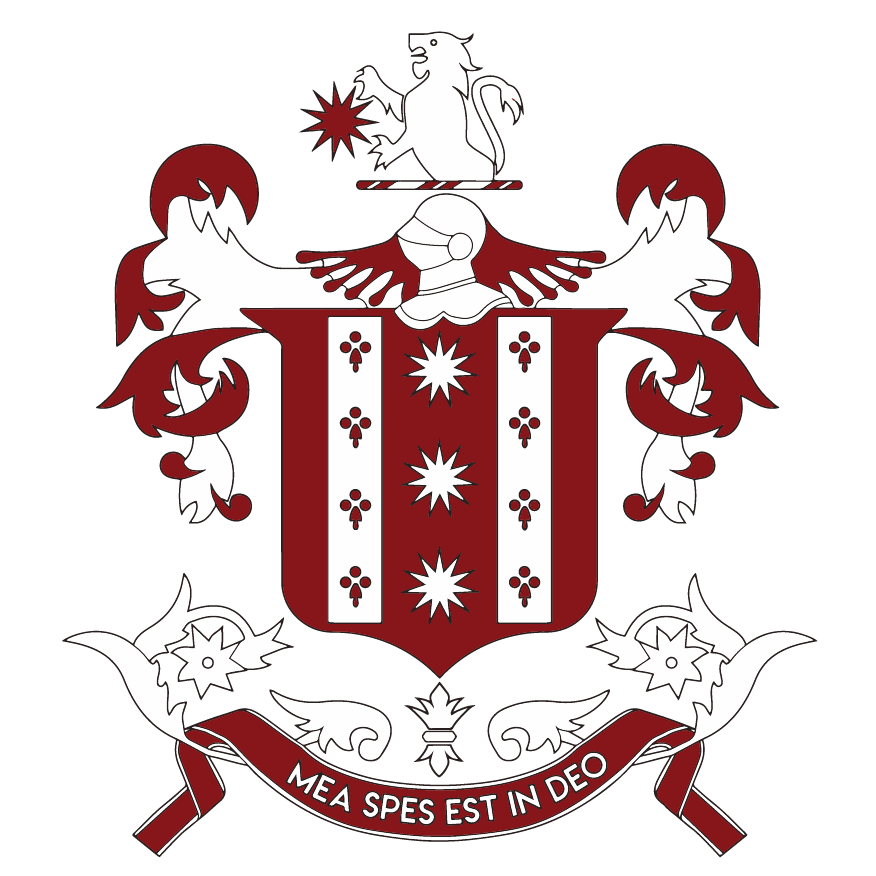In Jeff Reed’s fourth grade class at Sag Harbor Elementary School, students traveled back in time to the early 1600s through the demonstration of a mock trial. The classroom was transformed into a courtroom with defined spaces for councilmen, jurors, and a judge. Most students dressed in white wigs while others wore suits and continental hats as they read their scripts to authentically portray the trial.
Peter Stuyvesant was the defendant at hand charged with dereliction of duty and endangering the lives of colonists amongst other things. Stuyvesant, known as the director general of New Amsterdam, is most praised for his work making New Amsterdam more orderly and economically successful. While on trial, however, Stuyvesant was questioned on his acts of slavery, betrayal, and stealing.
During the final closing statements where the good from his reign was highlighted, such as allowing freedom of religion, paving roads, cleaning New Amsterdam, and starting the first fire department in his community, the jury came to a unanimous decision that despite this, Stuyvesant was found guilty on all charges.
“The purpose of this trial was to understand and experience civics and participatory democracy,” said Reed. “The students researched and wrote the entire trial and governed the entire process through authentic role-play.”
With words like hearsay and objection commonly used, the students experienced a full, mock trial against the historic Dutch leader who started the work of governing what is known today as New York City.
Photo caption: Fourth-grade students, Evelyn Rizzo and Teagan Mott, in Jeff Reed’s class sport their wigs and continental hats as part of their mock trial against Peter Stuyvesant.

